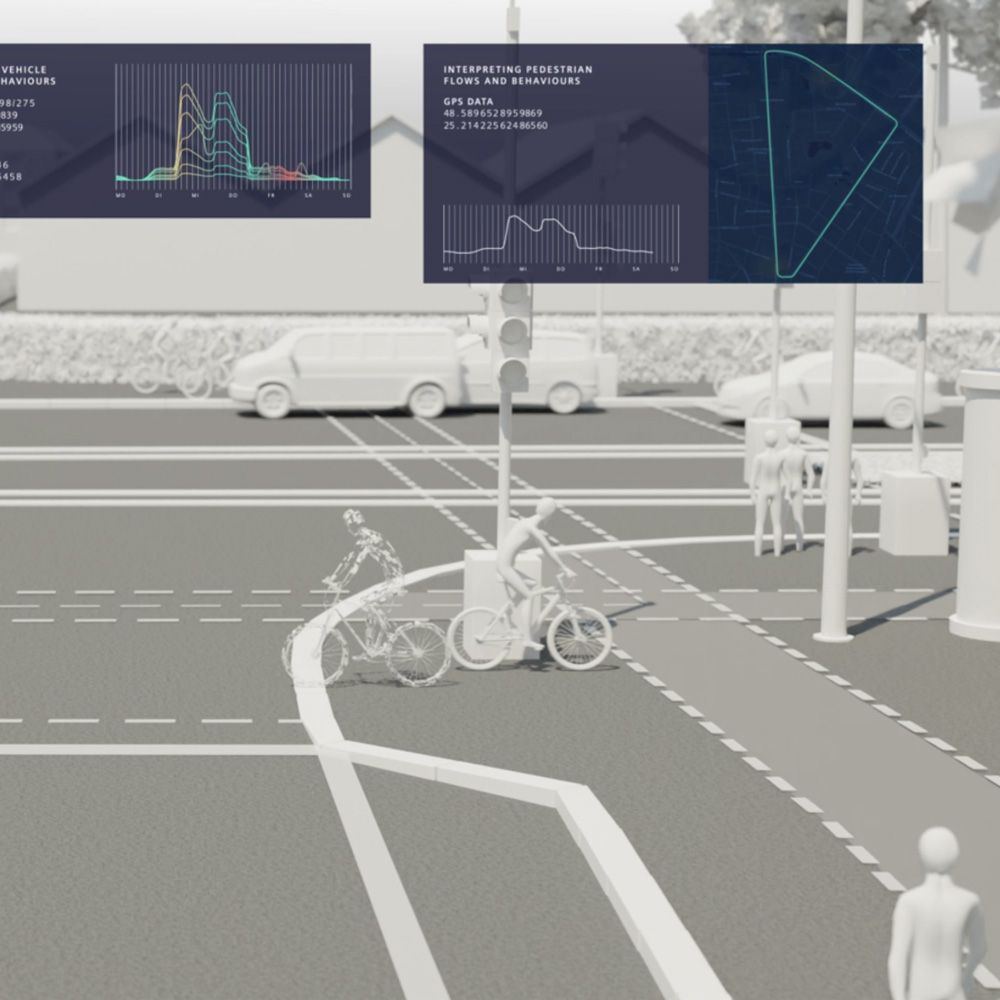After the cookie era, what comes next?
The paper published by Merkle names approaches and strategies for a time after the cookie era. How the future of data measurement and collection looks like you can find out here

In Merkle's recently published paper on "Media measurement in a (soon-to-be) cookieless world: complex but not impossible" the topic of a cookie-free world is taken up again. I will summarize the most important points of this paper for you and give an assessment of how the findings of the paper are to be classified.
By which models do we currently measure data?
Before we have a look at the current data models, it is important to understand that the following is about measuring ad impressions & clicks on digital advertising channels. And now to the current models of data measurement! Get started with the latest models of data measurement! The paper describes three classic ways to measure marketing activities:
The first approach is the Marketing Mix Modeling (MMM), which claims to measure digital and classic offline marketing activities combined. In general, this variant is very common and is also used by some companies worldwide. The focus here is primarily on the ROI, the important thing here is how much a conversion ultimately costs. This model combines and summarizes data from different sources, so that the exact costs of a conversion can be calculated. It is these different data sets that make the model very vulnerable. Often the reports of this combined data are only issued quarterly (sometimes only once a year), which makes the agile use of marketing budgets impossible. Especially for customers who want to go digital, this way is and was in my opinion not the right approach.
The second approach described the "cross-channel attribution". Here, the user's path in the network is closely examined and it is analyzed which channels and strategies offer the most added value for the company digitally. This approach is mainly based on tracking through cookies, which guarantees tracking across websites. While this approach is very good and puts the user much more in the center of attention, in a cookie-free world it will be difficult if not impossible to continue on this path.
The third approach is platform-specific conversion tracking. Here each platform is tracked individually. This way you get accurate data, but also encourages silo thinking. Even so, data is not considered in a larger context, which makes it difficult to use the data in line with the customer journey and define the best channels for your target group. Over the last few years, "Cross-Channel Attribution" has become the ideal variant, as it is much more flexible than MMM and works less in silos than platform-specific conversion tracking. But why leave the well-trodden path now? Apple's Intelligent Tracking Prevention or the DSGVO severely restrict this path.
My colleague Nicolai has already described the exact insights precisely in his blogpost. Even if cookie tracking does not disappear overnight, new ways have to be found. Merkle's paper provides interesting food for thought. I would like to summarize them here as well. A little spoiler: There is no simple and uniform solution.
The models of data measurement are changing
One way to measure data without cookies and more importantly without creating data silos is to use the following steps. This variant consists of two basic steps. The first and most important step is to develop a KPI framework. In this framework the most important KPIs have to be mapped, as simple and consistent as possible. The framework should be aligned with the goals of the marketing activities and relate the various KPIS to each other. Merkle recommends creating a performance score to calculate the degree of optimization of the measures. This is a good possibility; Google, for example, also specifies such a performance score in the Google Ads account. In my opinion, however, it does not necessarily have to be a performance score, one can be quite creative here. There is simply not only one right solution. The data for this must be transferred from the various tools into the framework.
Step two is to create a framework that leads through the funnel. Here, metrics that map the customer's behavior must be matched with the KPIs created in the first step. This is the only way to really evaluate the behavior and put it into a wider context.
Typically, these two steps require the combination of several methods of data measurement, such as cross channel attribution and platform-specific conversion tracking. These are also described in much more detail in the Merkle Paper. This is the only way to evaluate data across channels and put it into a larger context. In addition, the data blocks that serve as the basis for such frameworks already exist frequently in companies. Many companies already use tools from the big players such as Google, Facebook or Amazon and only need to bring this data into the right form.
Another way to access data and get exciting insights is to use so-called "data clean rooms". In such "rooms" various parties and companies can contribute data to share the insights gained without disclosing the raw data. However, this solution is highly dependent on the providers of such data clean rooms. The advantage is definitely that you can better assess your data and the data is more representative. We also see these CDPs as an essential component for obtaining valid data in the future. From our point of view they will become more and more relevant in the future to measure data efficiently even without cookies.
Testing is the key to success
Once you have found a good structure to collect and store data, it's time to optimize the campaign, where testing is essential. If you make mistakes during testing, all the concepts you have designed before to collect data properly are of no use. For example, it makes no sense to test a paid social campaign and a paid brand search campaign in the same region at the same time. This way you can't really understand the effects of the respective test and you basically falsify your data. It is important to develop a mindset to take such things into account in order to guarantee the long-term success of the campaigns. Errors in testing campaigns can also have a negative effect on your data
Structures and precise planning lead to success
In conclusion, measuring, understanding and evaluating data is not easy. Especially with the prospect to realize this without cookies, it does not make it easier. But with exact structures and good planning, such as KPI frameworks or "Data Clean Rooms", this is not impossible. It is possible to collect data in a sustainable way and to lay the foundation for a good evaluation. Nevertheless, testing should not be underestimated. Only with the right approach can one draw the right conclusions and use data sustainably without distorting it.
If you are interested in more exciting insights on this topic or want to know how Merkle collects and processes data, click here for the paper!









